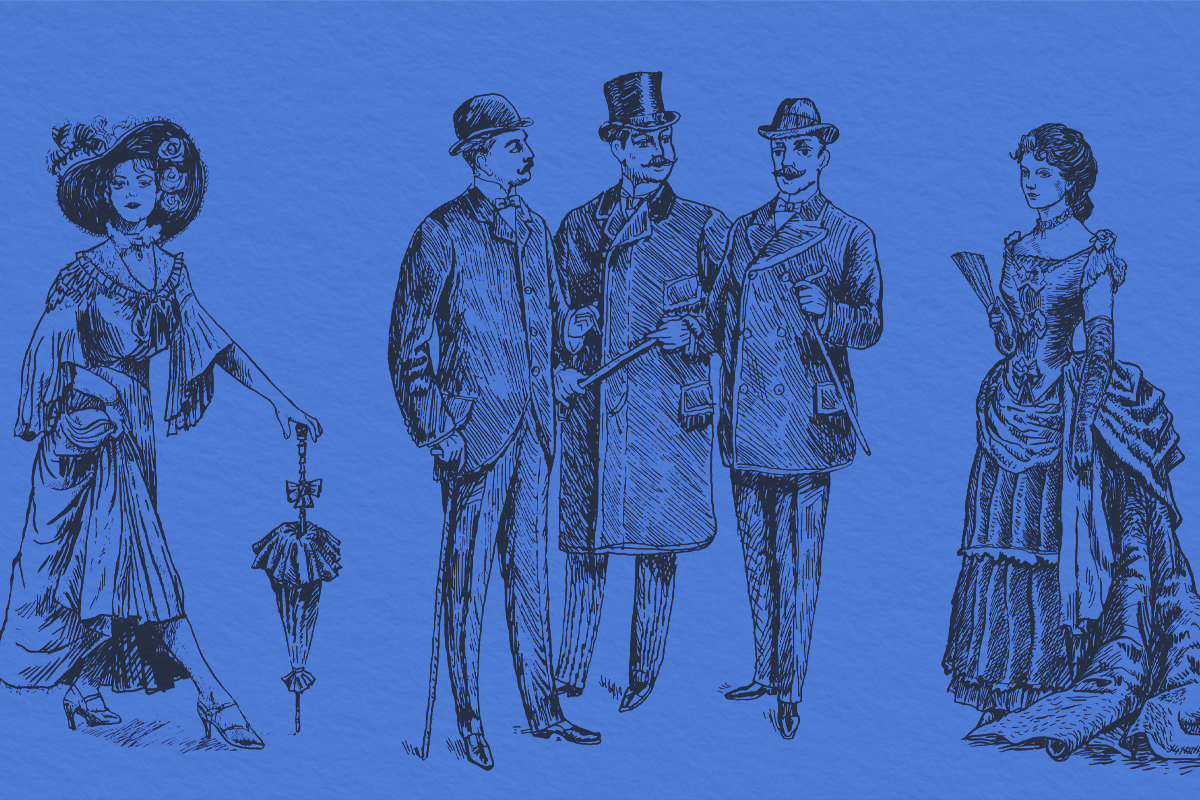
Italy and France have long been at the forefront of fashion, lending materials and ideas to designers around the world. It makes sense, then, that these countries also have influenced fashion lingo in many languages. One particular example is the word “jeans,” which, despite its thoroughly American reputation, comes from a French term having to do with fabrics produced in an Italian city.
Your favorite pair of blue jeans can be traced back to the French jean fustian — a term that can be broken down into two parts. Jean refers to the Italian city of Genoa, which was known in the 15th century for producing a popular type of twilled cloth that the French referred to as fustian. So in essence, jean fustian is what the French called a sturdy cotton cloth made in Genoa, Italy.
The singular “jean” first entered English around the mid-15th century, though it referred to the cloth, not a specific type of garment, such as pants. However, given its sturdy nature, jean was widely used to make workwear, which included durable pairs of pants. The plural “jeans” came about thanks to English-speaking sailors. When sailors arrived at the port city of Genoa, they were introduced to this sturdy, attractive workwear that was often dyed blue with indigo, as was popular at the time. Eventually, the term for this Genoese workwear became anglicized as “jeans.”
The modern version of jeans became popular around the mid-19th century, in large part due to Levi Strauss. Originally, these pants were officially known as “waist overalls” — Levi Strauss & Co. notes it wasn’t until the 1960s that the colloquialism “jeans” had a resurgence and became the norm. However, while the term was borrowed from jean fustian, the earliest Levis were primarily made of denim — a sturdy fabric akin to the Genoan fabric, but not exactly the same. In fact, the word “denim” has different European roots. It’s derived from the French serge de Nîmes, which referred to a sturdy woven fabric originally manufactured in Nîmes, France. By the 1860s, de Nîmes (“from Nîmes”) was also anglicized as “denim.”
Eventually, the word “jeans” superseded all other terms as a colloquialism for sturdy workwear — often blue — that has some vague connection to the Genoese sailor outfits from all those centuries ago. While it may not be entirely historically accurate to call pants made of denim “jeans” — given they usually have no direct connection to Genoa — it’s the sartorial norm.






















